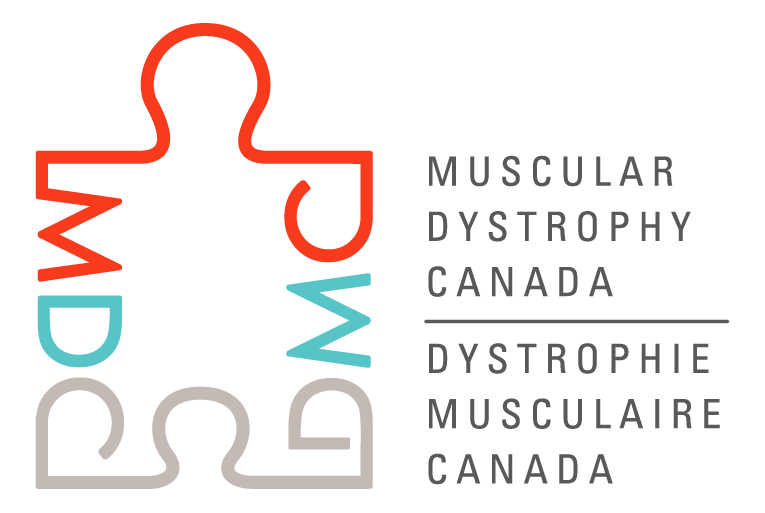You call it Myotonic…
We call it a neuromuscular disorder.
Meet Eve
It was just two years ago that Eve Rozen began experiencing tingling in her right leg. Initially her symptoms were dismissed as a typical part of the aging process and it wasn’t until recently that she was diagnosed with Myotonic Dystrophy Type 2.
Eve is a passionate theatre goer and traveller and as her symptoms increased she found, more and more, that her world was closing in around her. Fortunately, Eve was able to connect with MDC and receive the support she needs to continue to live her life on her own terms. She wants to encourage anyone who is newly diagnosed to be as positive as possible, and take one day at a time.
What you need to know about Myotonic Dystrophy
General Overview
Myotonic Dystrophy or dystrophia myotonica (DM) is a genetic disease characterized by progressive muscle degeneration. DM is divided into two types: type 1 affects a gene called DMPK on chromosome 19, and type 2 affects a gene on chromosome 3 called ZNF9. The effect of these spelling mistakes in the genes cause weakness in the voluntary muscles depending on the type of DM and the age of the person with the disorder.
This type of neuromuscular disorder varies greatly in severity and age of onset. It can affect both men and women, and symptoms can appear in childhood or much later in life. All of these factors lead to very unique disease progressions for individuals with MD.
Identification of the genetic mutations underlying DM1 and DM2, and understanding at least in part how the mutations cause disease, has opened up avenues for therapy development in DM. Most of the strategies currently in development aim to block the harmful effects of the expanded DNA in the DMPK gene (type 1) or the ZNF9 gene (type 2). (source)
THIS SECTION IS HIDDEN
Myotonic Muscular Dystrophy Clinical Trials
There is currently one Myotonic Dystrophy trial that will be recruiting in Canada and one that will be recruiting soon. See below for more info:
